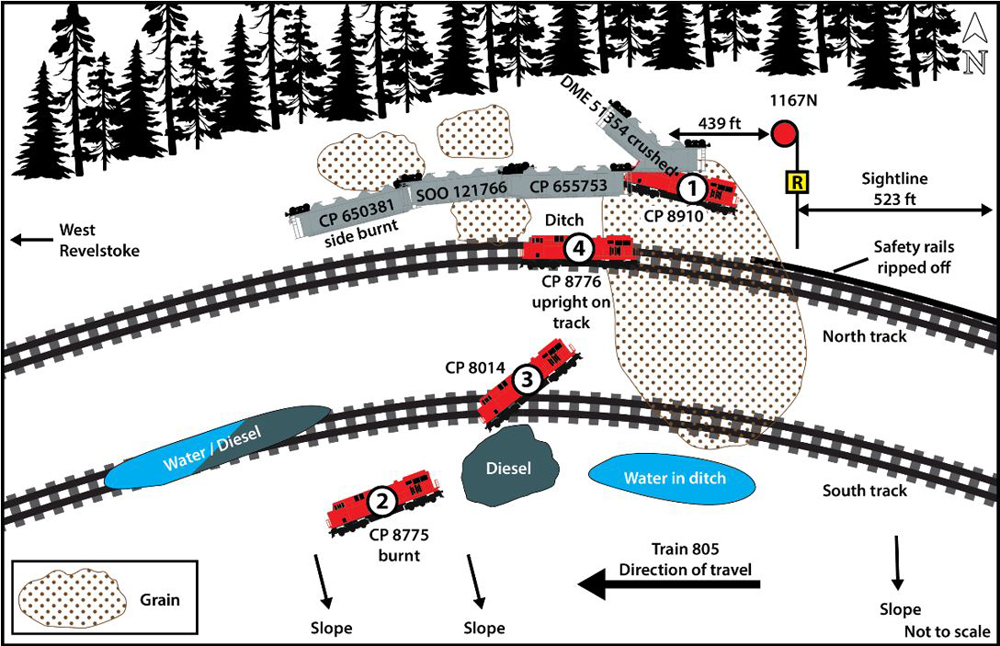
CALGARY, Alberta — The Transportation Safety Board of Canada today has again called for implementation of a positive train control-type system as it released its accident report on a February 2024 collision of two Canadian Pacific Kansas City trains in British Columbia.
The incident on Feb. 16, 2024, near Greeley, B.C., led to the derailment of four locomotives on a coal train, and four cars of a stationary grain train, resulting in a fire and injury to two crew members. The TSB found that the crew of the coal train, distracted by a radio conversation with a rail traffic controller, did not properly respond to a signal.
The investigation of the incident led the TSB to send two safety advisory letters to Transport Canada. “Both these safety advisory letters highlight the continuing absence of physical fail-safe train controls,” the TSB said in a press release, “ and the absence of effective interim measures to help ensure the success of administrative defences for trains operating under restricting signals.” The agency noted it has made three previously recommendations on this issue, and while Transport Canada and the rail industry have been discussing the issue since 2013, “the work is not sufficiently advanced to indicate when additional physical safety defences will be implemented.”
Crew distraction contributed to collision
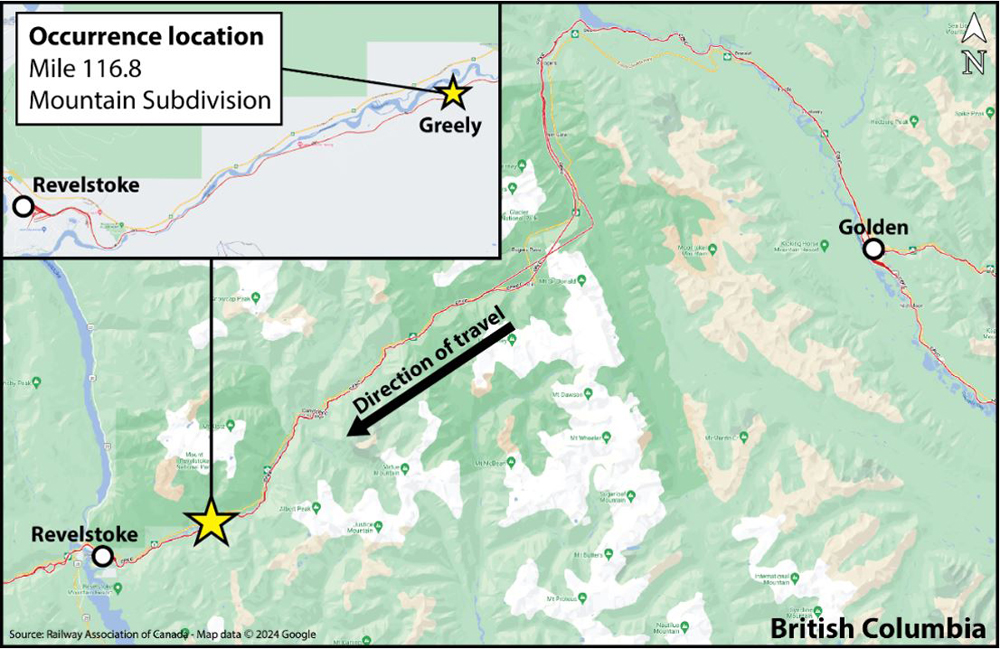
According to the investigation report, the collision occurred about 10 p.m. on Feb. 16 on CPKC’s Mountain Subdivision. Loaded coal train No. 301, operating from Golden to Revelstoke, B.C., with 152 cars, had four locomotives at the head end, including two dead-in-tow units, and single distributed-power units midtrain and at the rear. It struck the rear of a stationary 122-car grain train with two head-end locomotives and one mid-train unit. The collision derailed the coal train’s four head-end units, one of which caught fire, as did one of the four derailed grain cars. Approximately 17,500 liters (4,600 gallons) of diesel fuel spilled from the locomotives, some of which burned; about 400 tons of grain also spilled. Both crew members of train 805 were injured, one seriously.
Prior to the collision, the crew had been engaged in a conversation with the rail traffic controller regarding cold-wheel information, which the controller was required to report; that conversation was extended because some incorrect car numbers from wayside detectors were included. The conversation lasted 2 minutes, 50 seconds, during which the train traveled about 1.6 miles.
During this conversation, the train passed a signal displaying a clear-to-stop indication, requiring the train to be prepared to stop at the next signal and to reduce speed to no more than 30 mph. The conductor missed this signal because of the ongoing conversation, while the engineer saw it but did not call it out because of the conductor’s conversation. The TSB determined that the crew “formed an incorrect mental modal that they were still operating on the previous Clear indication rather than the Clear to Stop indication. Consequently, they were not prepared to stop when the tail end of train 301 came into view.”
The grain train came into view when it was about 960 feet away, with the coal train traveling at 32.7 mph. The engineer made an emergency application of the train brakes and increased the dynamic brake application to the maximum, but the coal train was still traveling at 22.7 mph when the collision occurred.
During its investigation, the TSB send a safety advisory letter to Transport Canada suggesting that the regulatory agency work with the rail industry to address the limitations with procedures dealing with operations under restricted signals in CTC territory. It also sent a letter to CPKC suggesting the railroad address its procedures to ensure non-urgent communications with train crews are minimized when crews need to focus on critical tasks, and crews are not compelled to engage in non-urgent tasks at points of restriction.
CPKC subsequently took several actions to address issues with the car-number information that extended the conversation between crew and controller, and added modules to its training program regarding situational awareness for conductors, and respecting signal indications for all crew members.






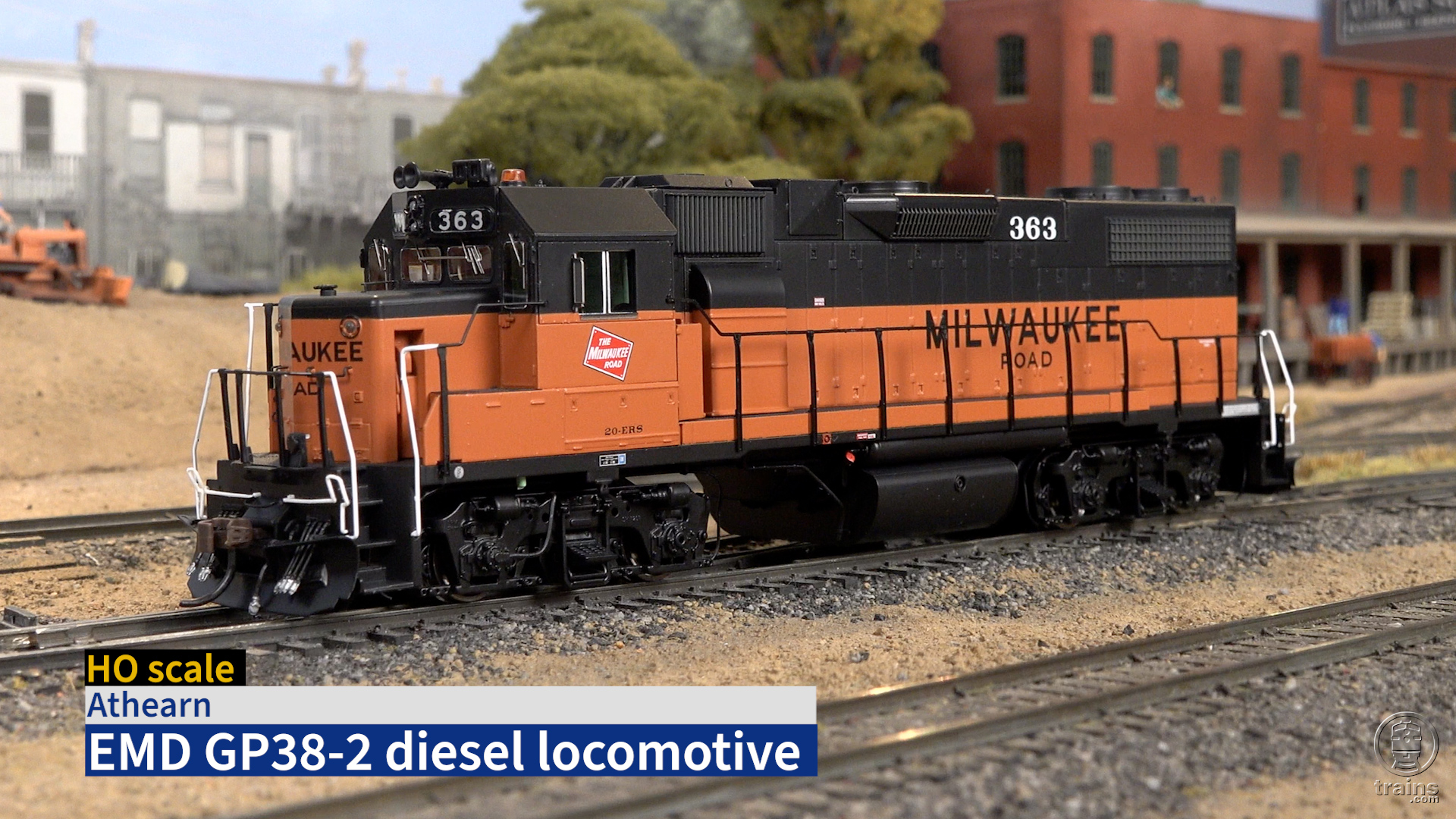
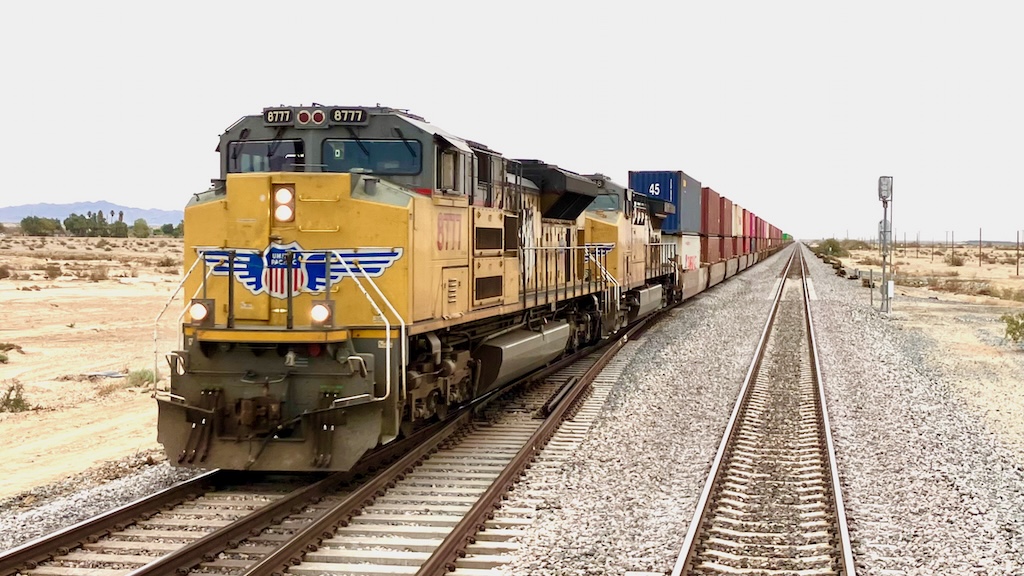
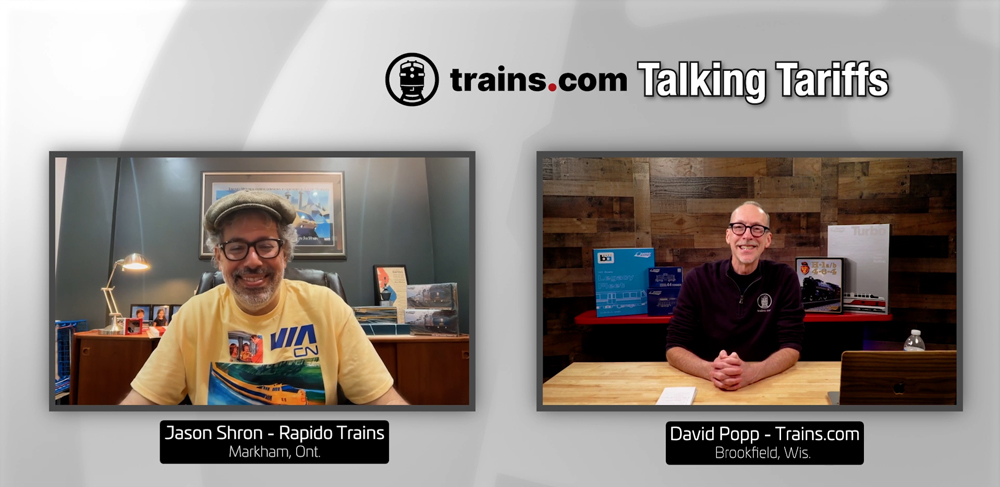
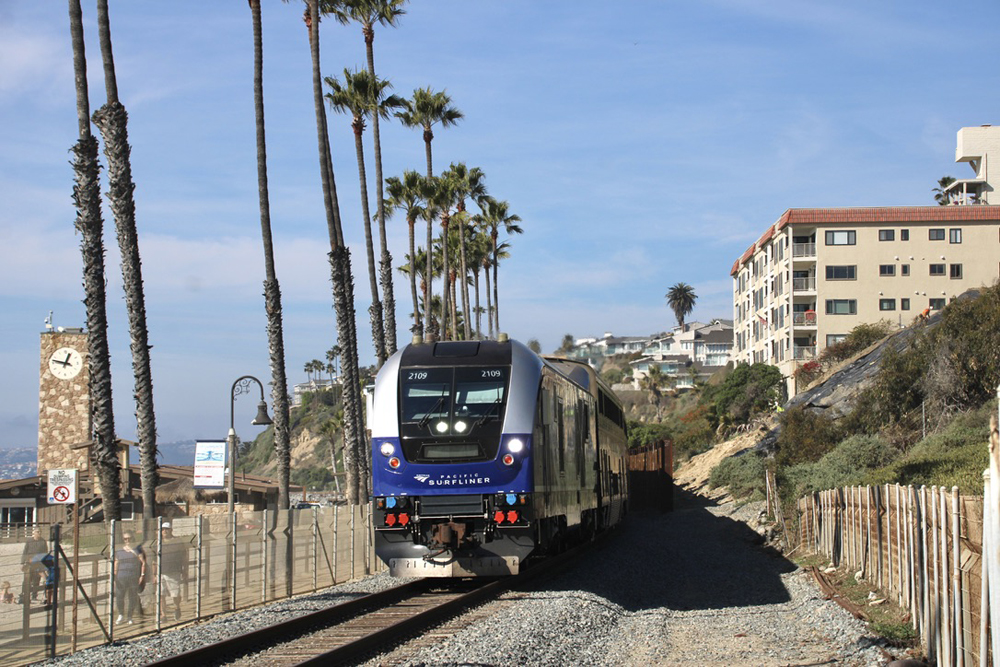
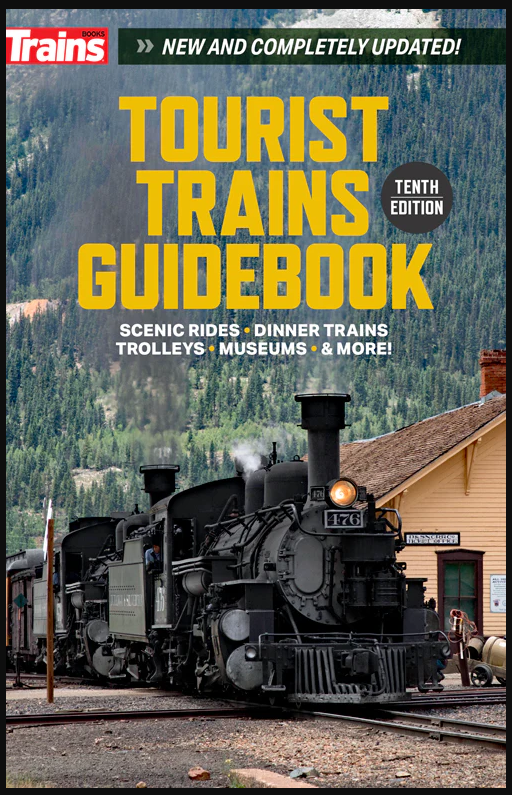
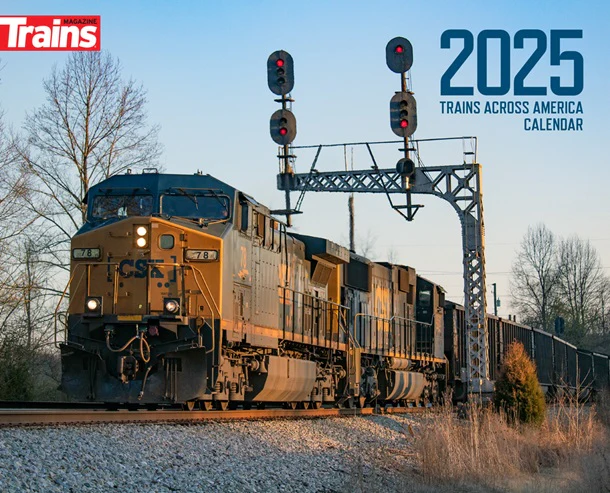
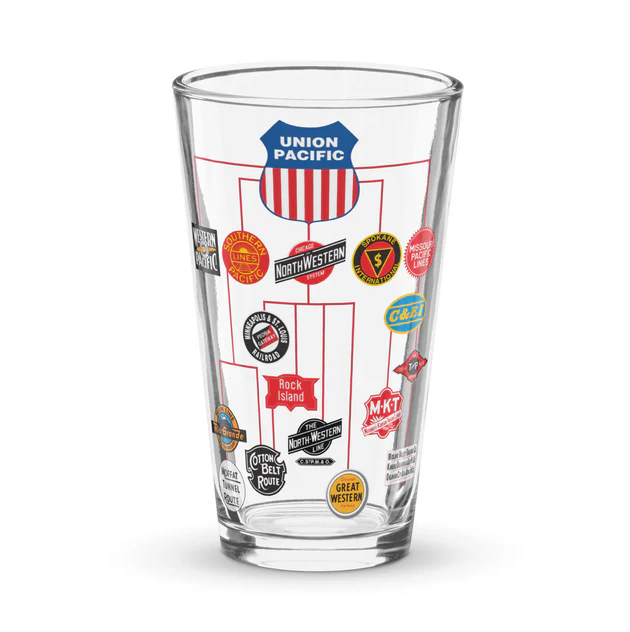
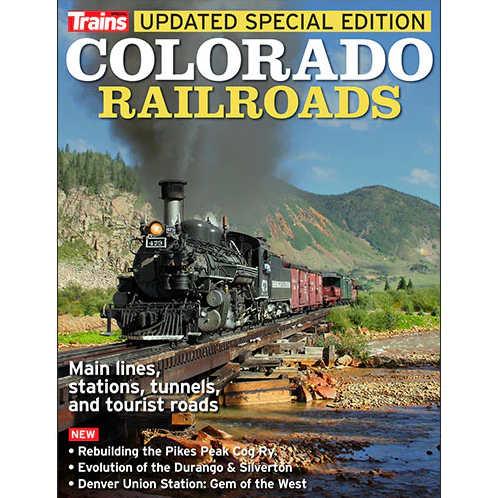
Does CPKC and CN ever learn? This is the fourth accident that they caused and we know what caused this one fatigue.
We all remember Hinton Canada and the US were using the practice of Boomer railroading on their networks. Crews were not getting rest call, boys were calling at odd hours of the night, some crews were being sent away from their home terminals across the country or to other railroads, and most crews only got 3 hours of sleep before they were called again. Also safety equipment was turned off the signals are not being read by the crew, and we had too many spads. Here’s what I recommend that cpkc and CN do and they have to do it immediately or the face of lawsuit from the Transportation Safety Board, and from the Surface Transportation board in the United States. One all searchlight signals and semaphores be removed and replaced, with either the Pennsylvania three light or with the Wabtec Vader head. Two CPKC and CN abandoned their practice of calling crew when they are supposed to have their day off. Three implement a mandatory rest period no crew can be called at that time. Four reduced train size to 50 cars or if you have a 100 car train you can only have two engines on the rear do not exceed 2 miles. And finally five disabled safety equipment should be made illegal that is what caused Hinton and that needs to be avoided at all cost.
Wise decision… Remember that Canada’s equivalent of PTC is Enhanced Train Control (ETC), which aims to eliminate catastrophic train-to-train collisions, train overspeed derailments, and train derailments caused by misaligned track switches, all due to “human error.” The implementation deadline of ETC in Canada is 2030.
Dr. Güntürk Üstün
Also Canada needs to abandon the practice of Boomer railroading. Boomer railroading and fatigue is what
caused Hinton and they need to remember that. If you don’t know Hinton is the worst railroad accident in history. Two trains collided with each other because both crews were asleep you do not send out crew fatigued and you do not call them in the middle of the night after they just went off duty. The practices of Hunter Harrison need to be abandoned that is not how you run a railroad that is how you operate a sweatshop. What CN and CPKC are doing is wrong and fatalities will increase if they do not stop that barbaric practice at Harrison started way before the Hinton disaster.